How The Goldfinch Recreated the Upper East Side on Screen—In Yonkers
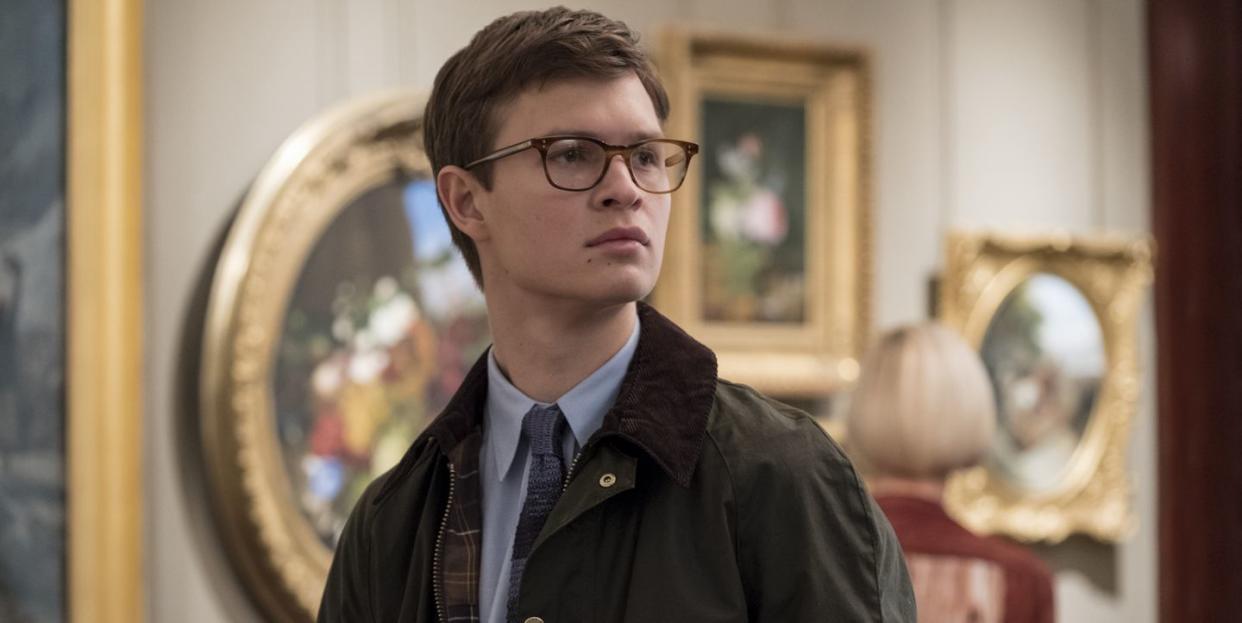
When Donna Tartt’s third novel, The Goldfinch, was released in 2013, it divided critics, enchanted readers (who kept it on the bestseller list for nearly 30 weeks) and earned a Pulitzer Prize. The doorstop of a book is about a boy who survives a terrorist attack at the Metropolitan Museum and walks out of the rubble with a priceless work of art that will change his life forever.
As the protagonist himself says, the story is also about “people who have loved beautiful things, and looked out for them, and pulled them from the fire.”
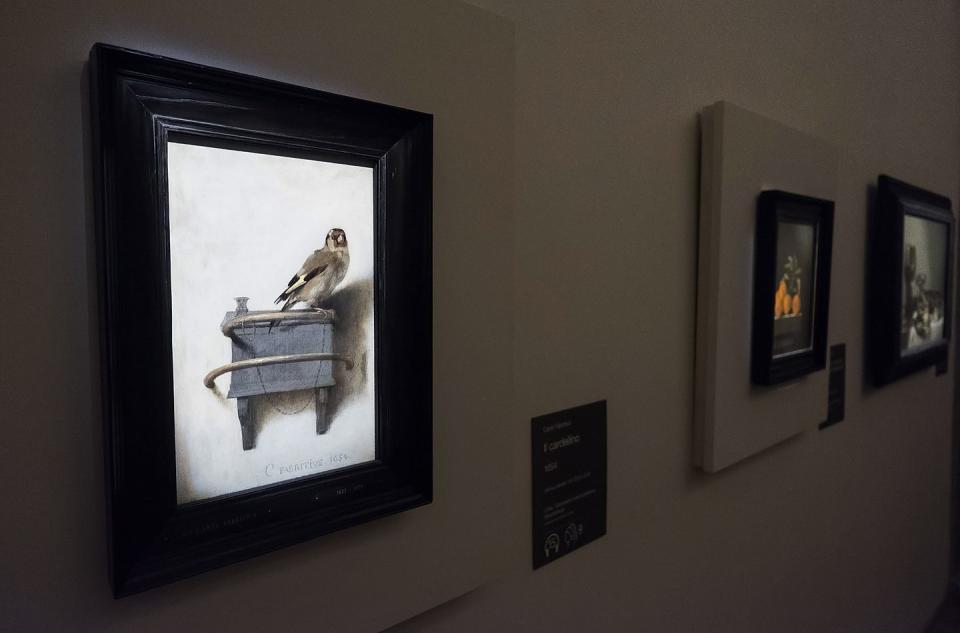
This weekend, a movie adaptation of the story, directed by John Crowley and starring Nicole Kidman, Sarah Paulson, and Jeffrey Wright, among others, will be released. Fans of the novel will be thrilled with how the intricate, rarefied worlds that Tartt created—including some of New York City’s most elite corners—are brought to life on screen. How did it happen? We asked the experts.
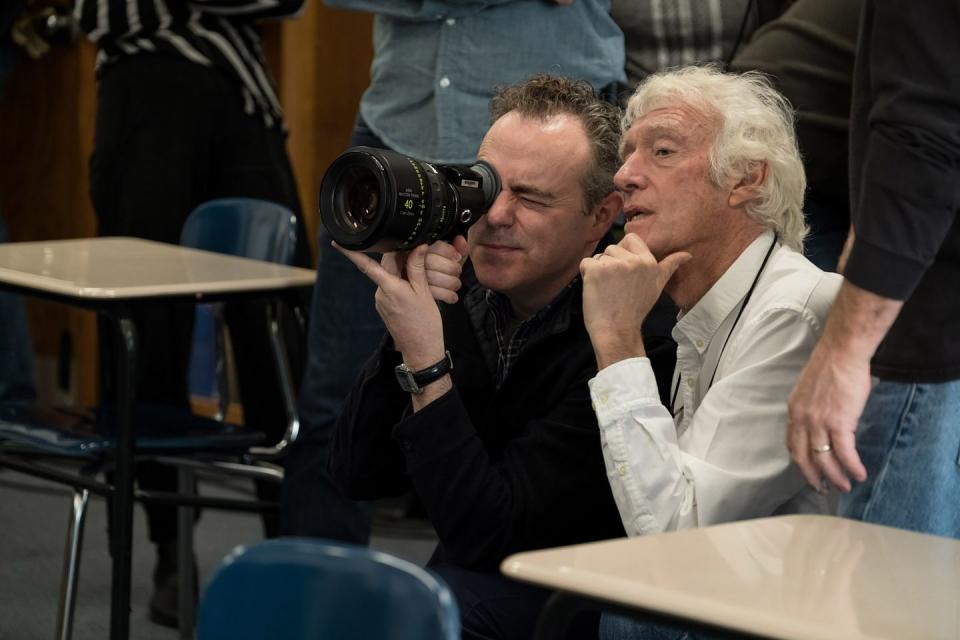
Early on in The Goldfinch, Theo Decker (played as a boy by 14-year-old Oakes Fegley and later as an adult by Ansel Elgort) moves in with the family of his friend Andy Barbour, leaving behind the average world he knew for the Barbours’ Park Avenue spread. “This is a bit of an uptown-downtown story,” says KK Barrett, the movie’s production designer. “When Theo’s taken in by the Barbours, he’s exposed a European-influenced world of old money.” It’s a world that wasn’t always easy to film.
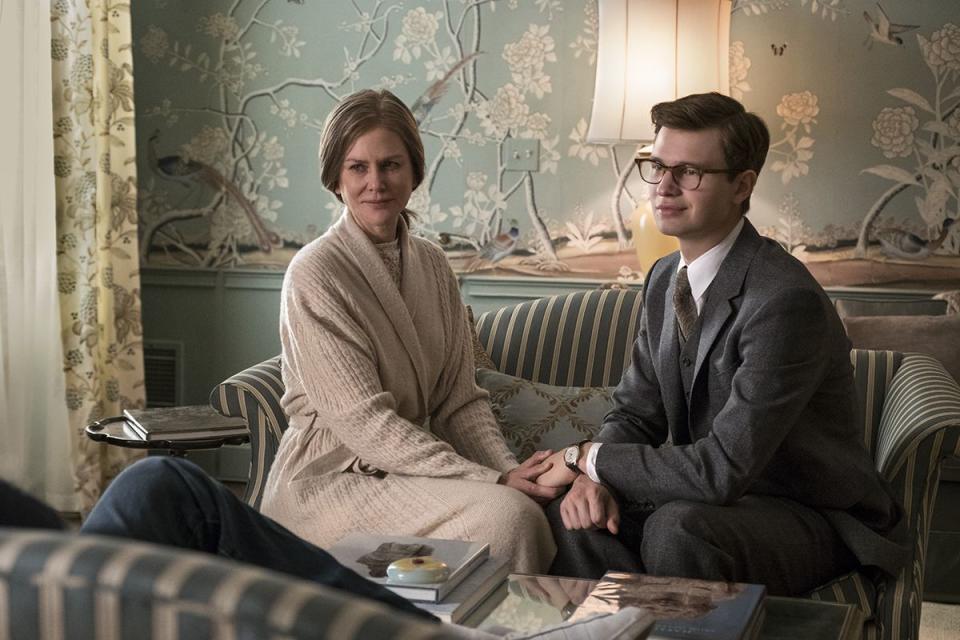
For the exterior of the Barbours' building, The Goldfinch uses the Herbert Lucas-designed 535 Park Avenue, but the inside of the apartment was shot at a single-family home in Westchester County. “The apartment is sprawling, with multiple bedrooms, help in the kitchen, a formal dining room and foyer, and its own elevator,” Barrett explains. “These sorts of places are difficult to get for the length of time we needed—so we ended up shooting in a house in Rye.”
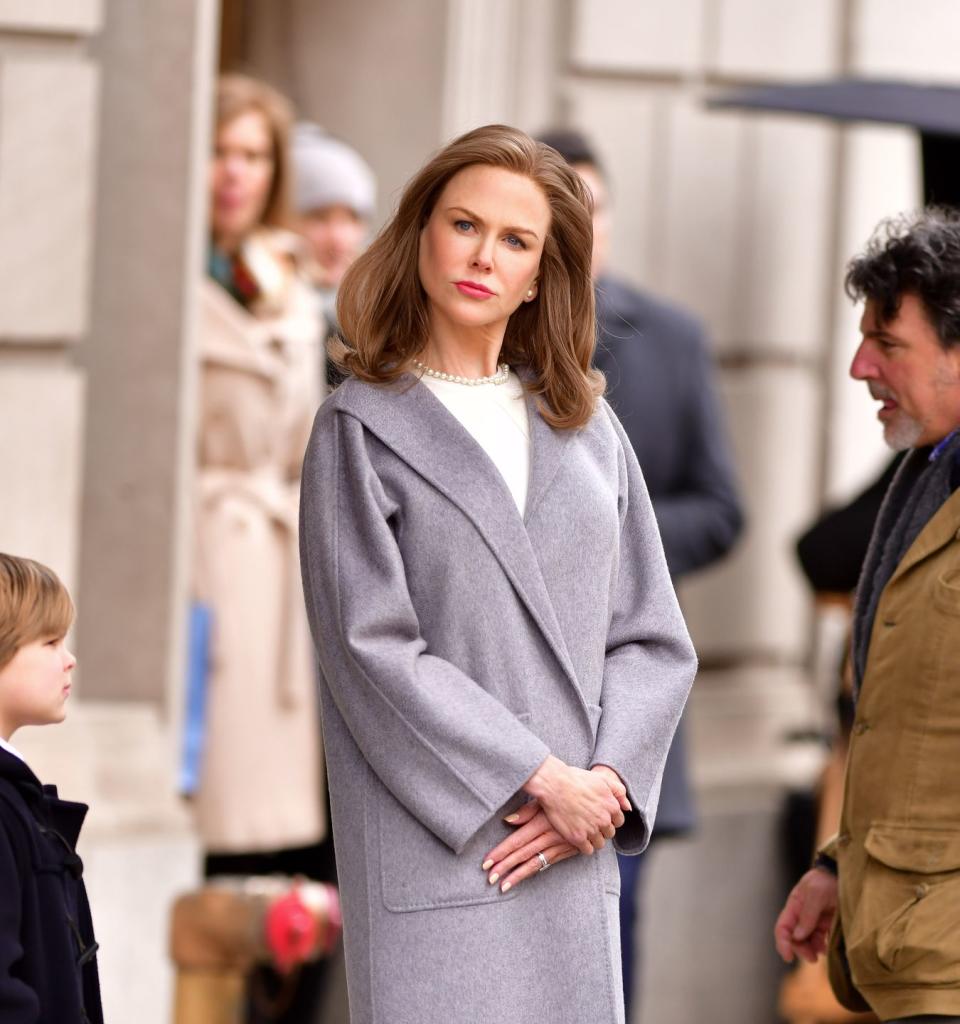
Audiences will never know. Barrett hid a staircase and swapped out the home’s front door for an elevator vestibule, and he brought a sophisticated mien to the sets by importing handmade wallpaper and reproductions of museum-quality works by the likes of John Singleton Copley. The apartment slyly plants Theo in a realm of money and taste, but doesn’t reveal it all at once, leaving space to imagine untold riches that might be beyond the next locked door. “I want audiences to take what they see,” Barrett says, “and fill in the blanks.”
Another Upper East Side stalwart, the Metropolitan Museum of Art, also plays a major role in the film. It’s where young Theo and his mother are when a bombing occurs, and he leaves with the 1654 painting that gives the film its name. But, while filming in the museum might have been possible, staging an explosion most certainly was not. “Ideally, we would have shot in the Met, but there was no way to do it,” explains Roger Deakins, the movie’s cinematographer. “So, we built one big set in a warehouse in Yonkers.”
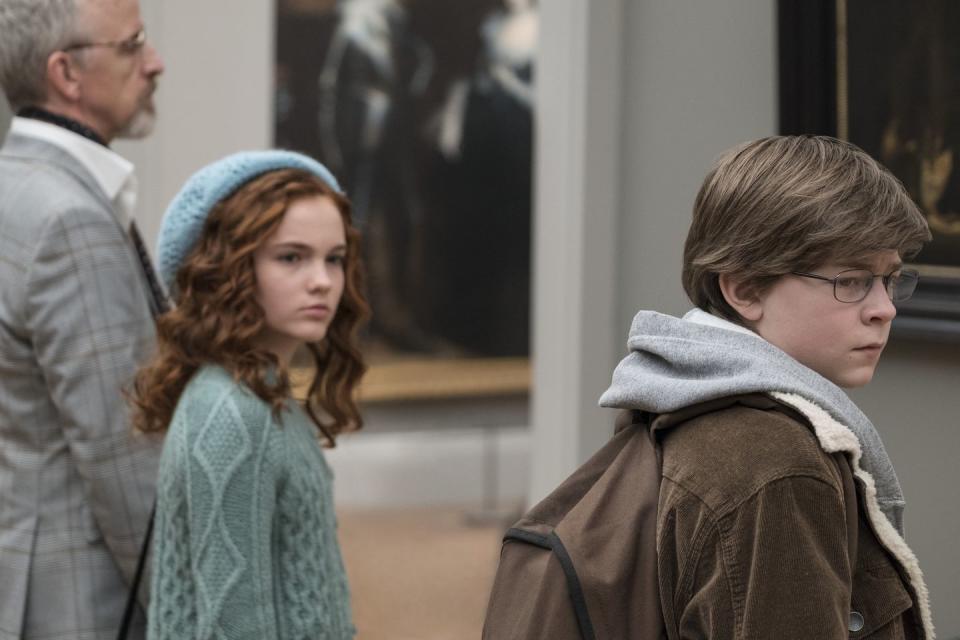
Outside scenes were shot on the museum’s iconic steps, but the indoors were recreated—paintings and all—to mimic the real thing.
Deakins says the goal was to make the spaces feel seamlessly connected, and not to take any focus away from the action. “You want it to feel real; that was our goal with the bombing in the museum,” he says. “The trick was to create a unified look between the set and what we shot on location, which was Theo running out and down the steps.”
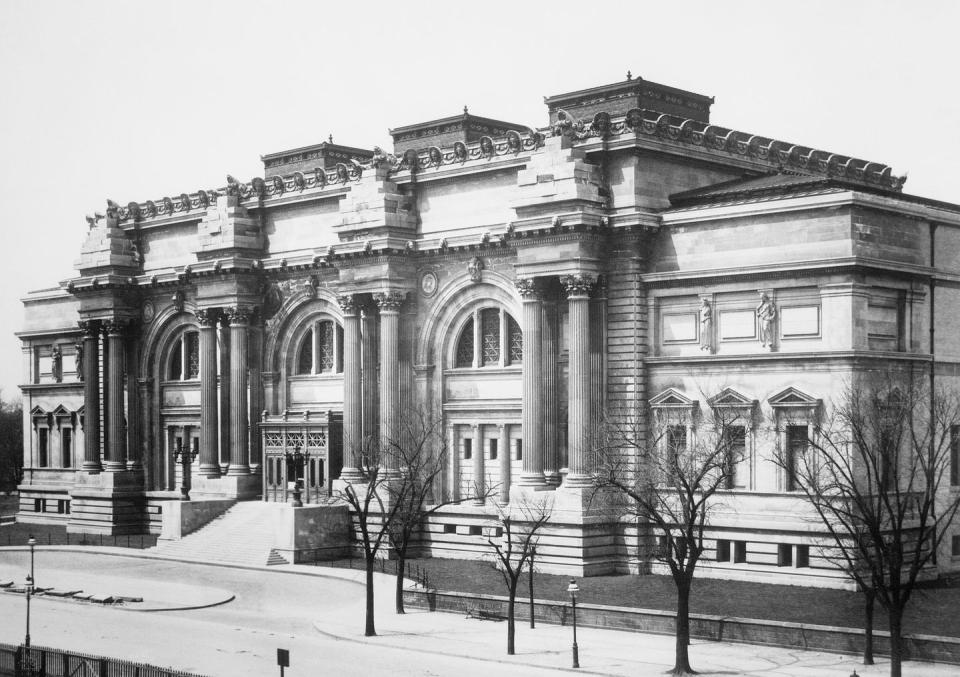
As for the explosion, Deakins and director John Crowley decided to depict the event with small, artful moments—a plume of smoke, plaster falling like snow—instead of one big ka-boom. “When you experience something traumatic, you tend to remember odd, little things rather than the event as a whole,” Deakins says. “I remember little details when I think of things that have happened to me, and that’s what we wanted to create.”
You Might Also Like

